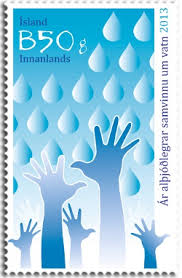Agricultural insecticides occur in U.S. surface waters, yet our knowledge of their current and potential future large-scale risks for biodiversity is restricted. Here, we conducted a meta-analysis of measured insecticide concentrations (MICs; n=5817; 1962-2017) in U.S. surface waters and sediments reported in 259 peer-reviewed scientific studies for 32 important insecticide compounds and their degradation products (n=6). To assess overall and substance-specific ecological risks and future implications, MICs were compared with official U.S. EPA regulatory threshold levels (RTLs) and insecticide use trends. Approximately half of the MICs, i.e., 49.4% (at 69.7% of the 644 sites covered), exceeded their RTLs, indicating substantial risks to the integrity of U.S. aquatic ecosystems and potential shortcomings of regulatory risk assessment procedures. Overall, pyrethroids had the highest exceedance rate (80.7%; n=1808), followed by organophosphates and carbamates (42.2%, n=2618), and organochlorines (33.3%, n=468). Pronounced increasing use trends were found for neonicotinoids, which exceeded their chronic RTLs, i.e., those of high relevance due to neonicotinoids` persistence in surface waters, for 56.8% of MICs (22.2% for acute RTLs). A regression analysis of insecticide use trends, although to be interpreted with care, indicated a future increase in applied amounts of several high risk insecticides such as pyrethroids and neonicotinoids, suggesting elevated prospective risks for U.S. surface waters, biodiversity, and endangered species.
Source: Wolfram J et al. Environ. Sci. Technol., Just Accepted Manuscript
DOI: 10.1021/acs.est.8b04651
Publication Date (Web): November 26, 2018
https://pubs.acs.org/doi/abs/10.1021/acs.est.8b04651#

- Login om te reageren
